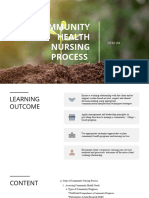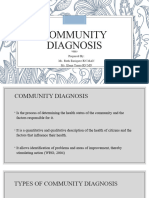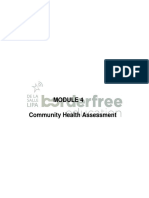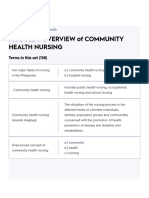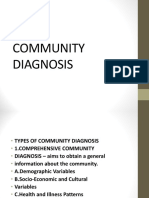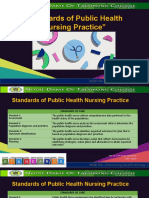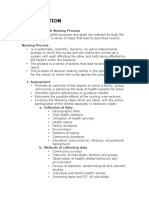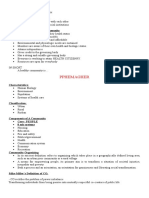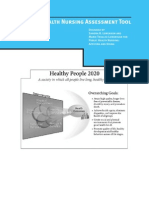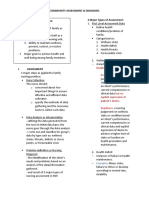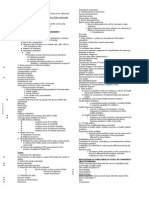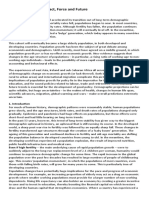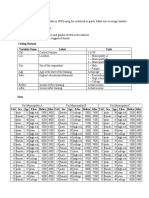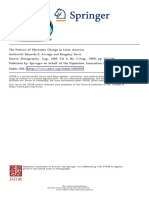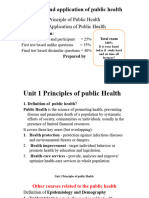100% found this document useful (1 vote)
681 views54 pagesCommunity Health Nursing Guide
This document provides information on conducting a community health nursing assessment and diagnosis. It defines the community health nursing process as a systematic, ongoing interpersonal process where nurses and clients influence each other. It describes steps in conducting a community diagnosis, including gathering data through tools like interviews and questionnaires, consolidating the data, validating it using statistical approaches, and identifying health problems. Priority criteria for problems include the nature, magnitude, modifiability, preventive potential, and social concern of each problem.
Uploaded by
Andrea Monique GalasinaoCopyright
© © All Rights Reserved
We take content rights seriously. If you suspect this is your content, claim it here.
Available Formats
Download as PDF, TXT or read online on Scribd
100% found this document useful (1 vote)
681 views54 pagesCommunity Health Nursing Guide
This document provides information on conducting a community health nursing assessment and diagnosis. It defines the community health nursing process as a systematic, ongoing interpersonal process where nurses and clients influence each other. It describes steps in conducting a community diagnosis, including gathering data through tools like interviews and questionnaires, consolidating the data, validating it using statistical approaches, and identifying health problems. Priority criteria for problems include the nature, magnitude, modifiability, preventive potential, and social concern of each problem.
Uploaded by
Andrea Monique GalasinaoCopyright
© © All Rights Reserved
We take content rights seriously. If you suspect this is your content, claim it here.
Available Formats
Download as PDF, TXT or read online on Scribd
/ 54
You might also like
- No ratings yetGiakoumis K. (2006), ‘Religious Fairs in the Ottoman Empire’s Habitation History: Christian Feasts in Epiros and Albania as Urban Social Events and Their manifestations Displayed in Ecclesiastical Painting of the 16th and 17th Century’, in Shupo S. [ed.] (2006), Urban Music in the Balkans. International Symposium in Honorem Ramadam Sokoli, Tirana September 28 – October 01, 2006, Tirana: Asmus Publ., pp. 76-112.13 pages
